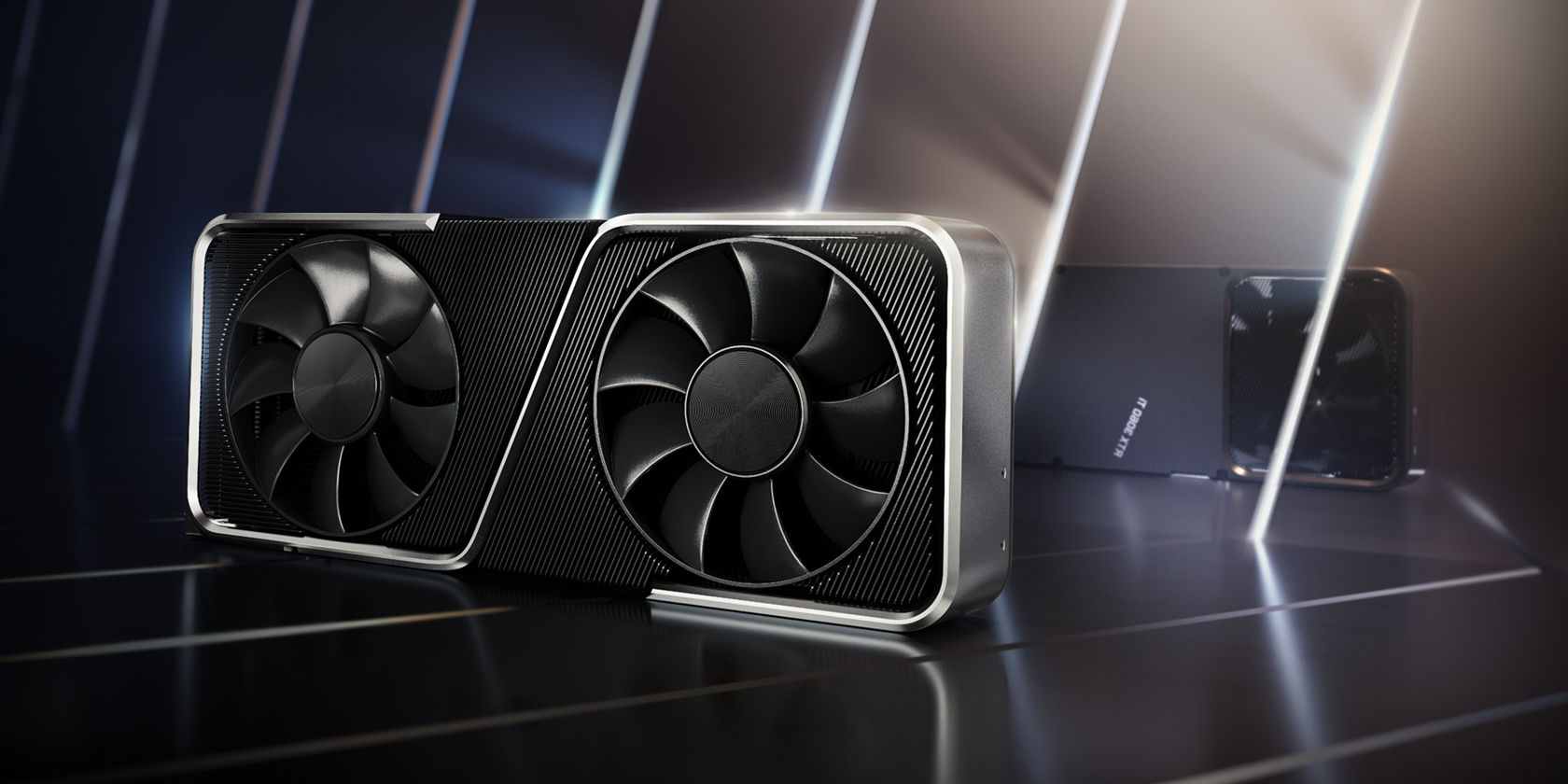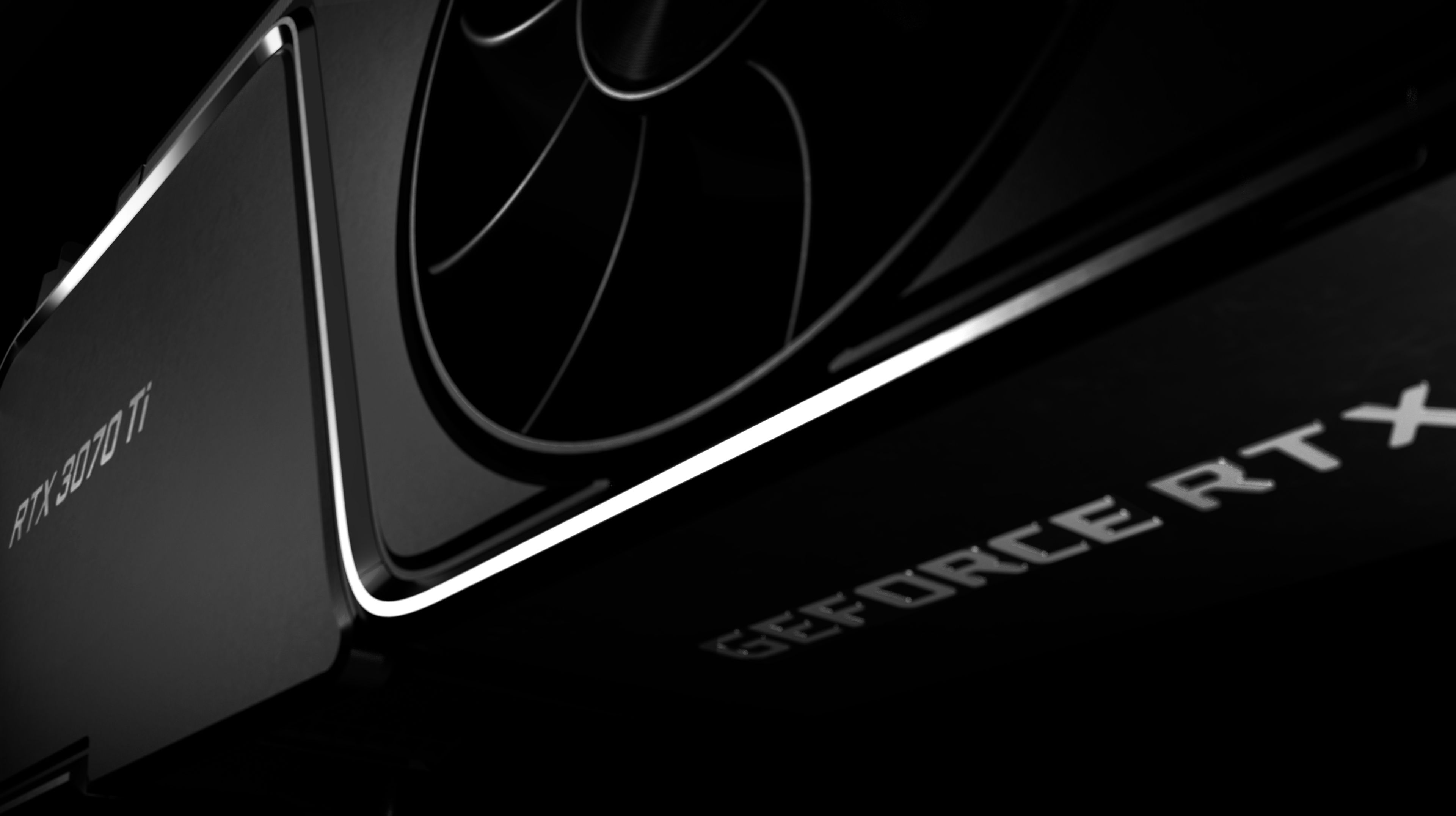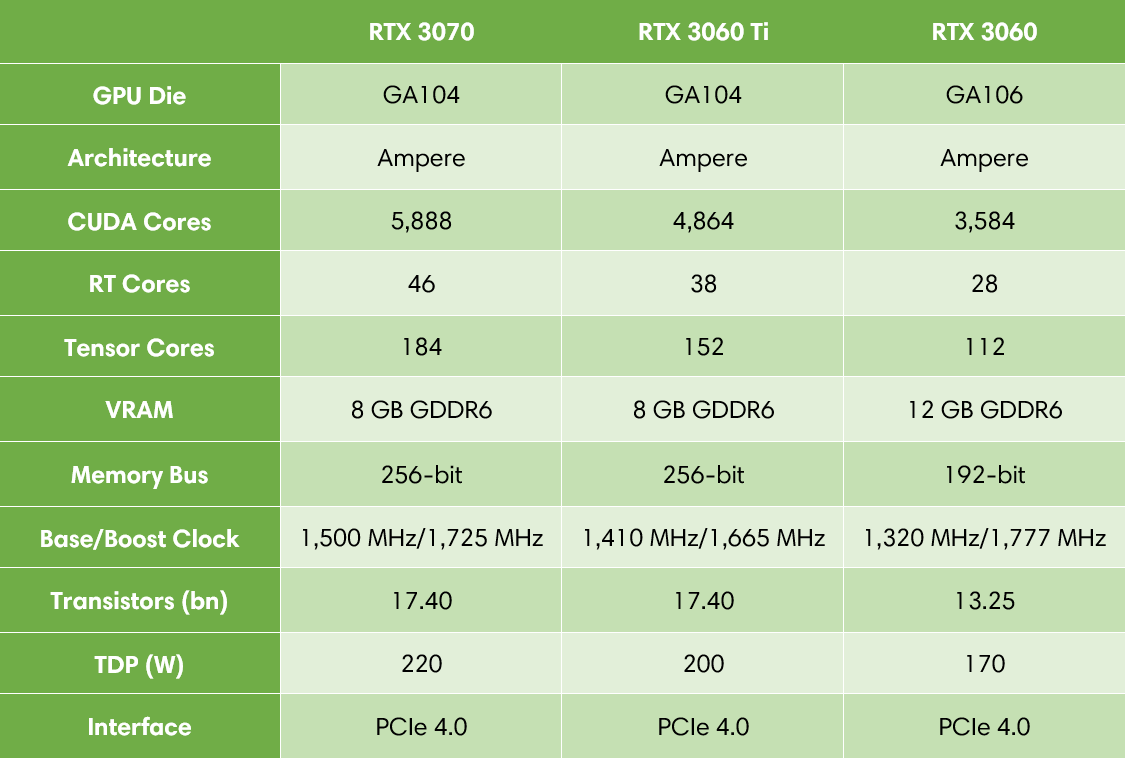Nvidia's GeForce RTX 3070, RTX 3080, and RTX 3090 have taken the world by storm. The Nvidia RTX 30 series also includes "Ti" entries and two cheaper GPUs: the RTX 3060 Ti and the RTX 3060. Currently, gamers looking to get a new GPU that don't want to go for one of the flagship cards have three options to choose from: the RTX 3070, the 3060 Ti, and the 3060.
In this wildly complex PC landscape, which Nvidia RTX GPU is the best deal for you as someone who wants to build a new gaming PC or upgrade their existing one?
RTX 3060 vs. 3060 Ti vs. 3070: Specs
Looking at the specifications for each GPU, you'll see notable differences between the three different models. However, the differences are not as big as you'd think they are.
The RTX 3070, the higher-end card in today's subject, uses a GA104 8nm chip with 5,888 CUDA cores, or shading units, running at 1.5-1.73 GHz. It also features 8 GB of GDDR6 memory with a 256-bit memory bus.
The RTX 3060 Ti uses the same GA104 chip, but it has 4,864 CUDA cores instead, running at a slightly lower clock speed. It features the same amount of VRAM and the same memory bus.
The RTX 3060, however, does feature specs that are a little bit more modest. The RTX 3060 features the GA106 chip, which is Ampere-based like the GA104, but there are some differences. Particularly, the card comes with 3,584 CUDA cores running at a base frequency of 1.3 GHz.
Oddly, the RTX 3060 beats out both the 3060 Ti and the 3070 in the amount of VRAM, as the card actually ships with 12 GB instead of the 8 GB the other cards shipped with. Granted, this is slightly slower memory, with a 192-bit memory bus instead of a 256-bit one, but at least it's something.
Check out the GPU comparison table below for a handy spec overview.
There's a couple of takeaways from this list. Firstly, the fact that the RTX 3060 Ti is much closer to a 3070 than a 3060, despite what its name might suggest, with the only difference between the two cards coming down to some CUDA cores being removed and the others running at a slightly slower clock speed.
Secondly, the RTX 3060 having more VRAM than either of the higher-end cards or even the RTX 3080 (which has 10 GB of GDDR6X memory) while otherwise having lower-end specs is pretty odd, for lack of a better word.
RTX 3060 vs. 3060 Ti vs. 3070: Real-World Performance
Of course, one thing is looking at the raw specs, and another, entirely different one is seeing the way they perform in the real world. And there, they don't really disappoint either.
Nvidia claims that the RTX 3070 can perform just as well as an RTX 2080 Ti, one of the most powerful GPUs in Nvidia's previous Turing lineup. The RTX 3060 Ti, on the other hand, is claimed to perform just as well as an RTX 2080 Super. Seeing the difference in specifications is pretty minor, this seems like a valid claim. And in the real world, this claim also holds its ground, for the most part.
They don't perform identically, and there might be a few scenarios where the older, higher-end card could potentially win out against the newer card (or vice versa). Still, they're pretty close, which is already saying a lot, given that the RTX 2080 Ti was one of the best cards in the market before the release of the 30 series.
On the RTX 3060 subject, Nvidia didn't compare it against any of their previous cards, so we have no claims to compare its actual performance against.
Depending on who you ask, the card performs either roughly as well as an RTX 2070, or somewhere in between an RTX 2060 and an RTX 2070. Whatever the case is, it's not bad at all. However, the disparity between the 3060 and 3060 Ti are seen clearly, as the card is often compared with the 3070 rather than with its namesake.
Do You Really Need All That Hardware?
Now, we return to the argument on whether you need all of that high-end performance or not. And the short answer to that is that it depends completely on what you're going to do with it.
If you're going to play games, you might actually be served fine by any of these cards. All of them are powerful enough for playing 99% of games with high settings. As a reminder, the RTX 3070 is roughly as powerful as the RTX 2080 Ti, which was the bee's knees before the 30 series came out back in 2020. The only reason someone should be looking at an RTX 3080 or 3090 is if they're looking into 4K gaming with very high settings and expecting high frame rates. Very few games manage to make these cards struggle, and those that do are either really new and demanding or poorly optimized (or both).
Even taking into account raw horsepower as a metric, it shouldn't matter that much. Plus, we also have things like DLSS helping run the show now. DLSS is AI-powered upscaling (powered by the card's Tensor cores) to render lower-resolution graphics and upscale them to higher resolutions. For example, using DLSS, you can tell the card to render a game in 720p or 1080p and then upscale it to 1440p or 4K. It's basically free extra performance. The difference between native rendering and DLSS rendering, with the right settings and tweaks, is also pretty much unnoticeable.
Many modern games can take advantage of DLSS, including Cyberpunk 2077, considered a pretty demanding game by most metrics. That game is known to wreck an RTX 3080 on native resolutions, but using DLSS can make it run on an RTX 3060 just fine, even with ray tracing and Ultra settings.
GPU Shortages Might Force the Issue
Ultimately, any of these cards will be amazing choices for you, but the decision might ultimately come down to what's available when you're going to buy them. After all, at the time of writing, the semiconductor shortage is still raging, and GPUs are still in hot demand, so you're going to struggle to find a lot of choice in stock.
Whatever you end up getting, though, it's going to work amazingly.





